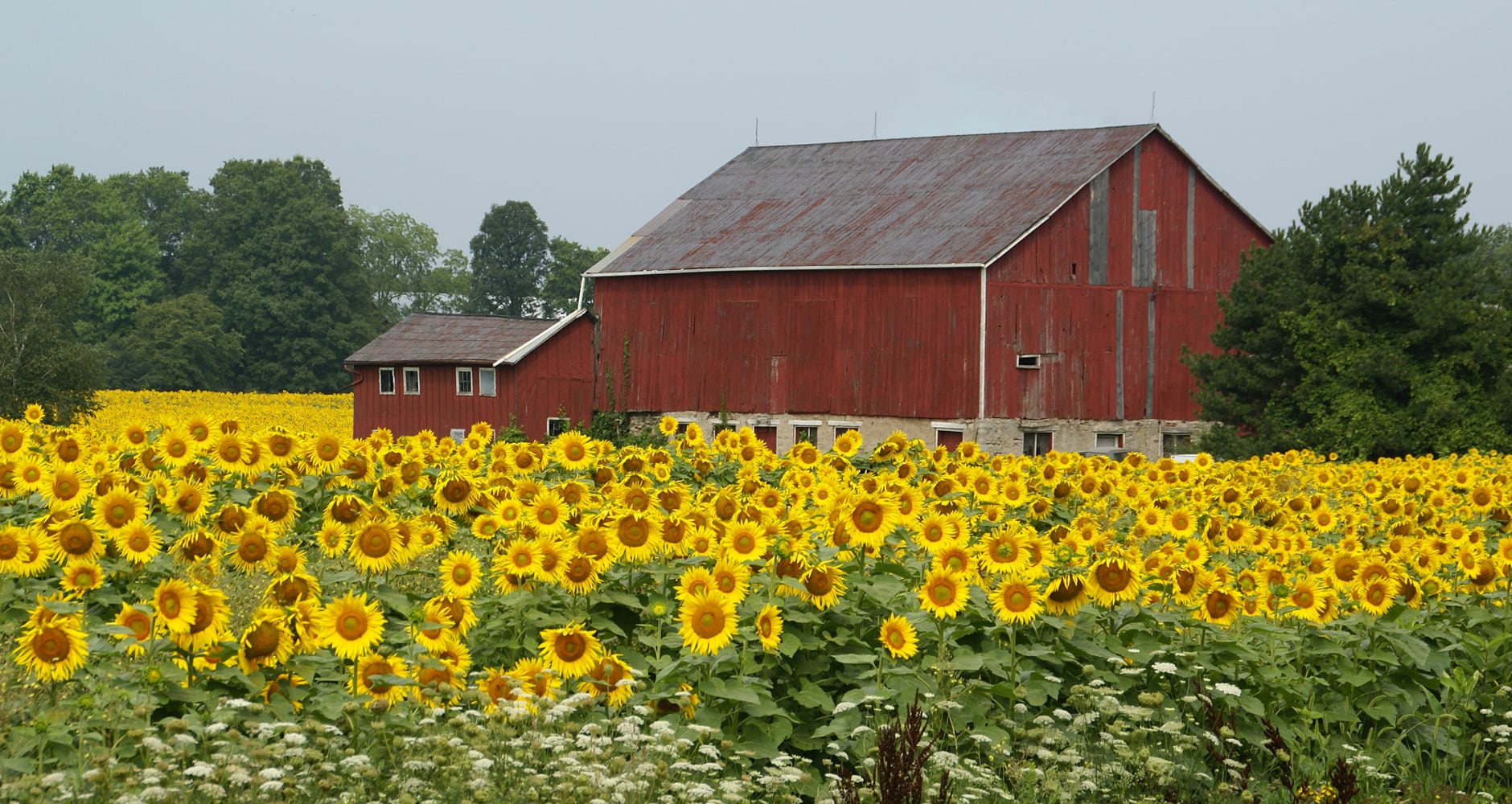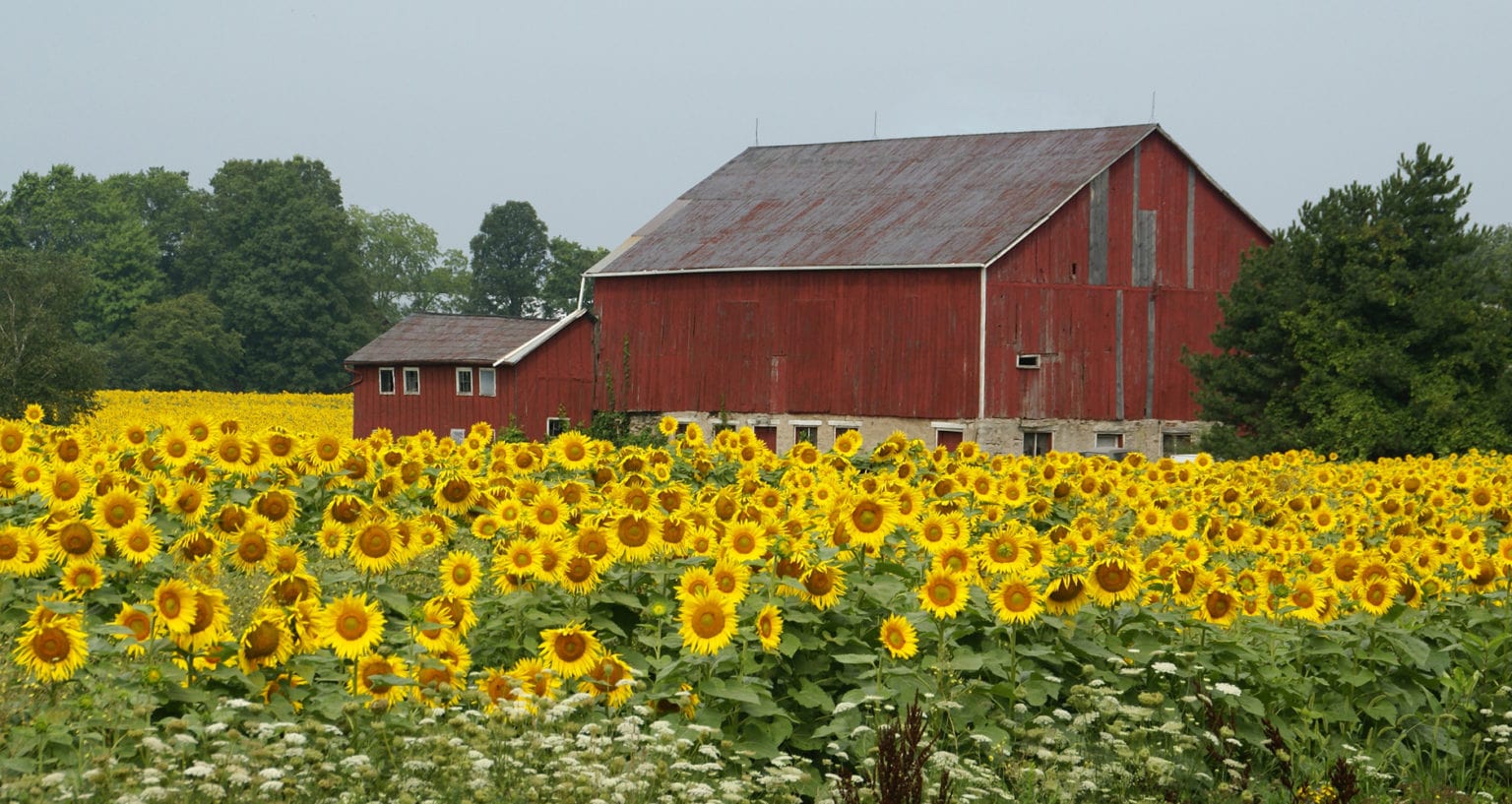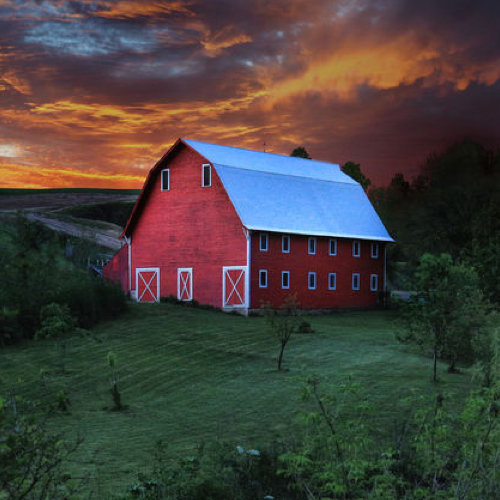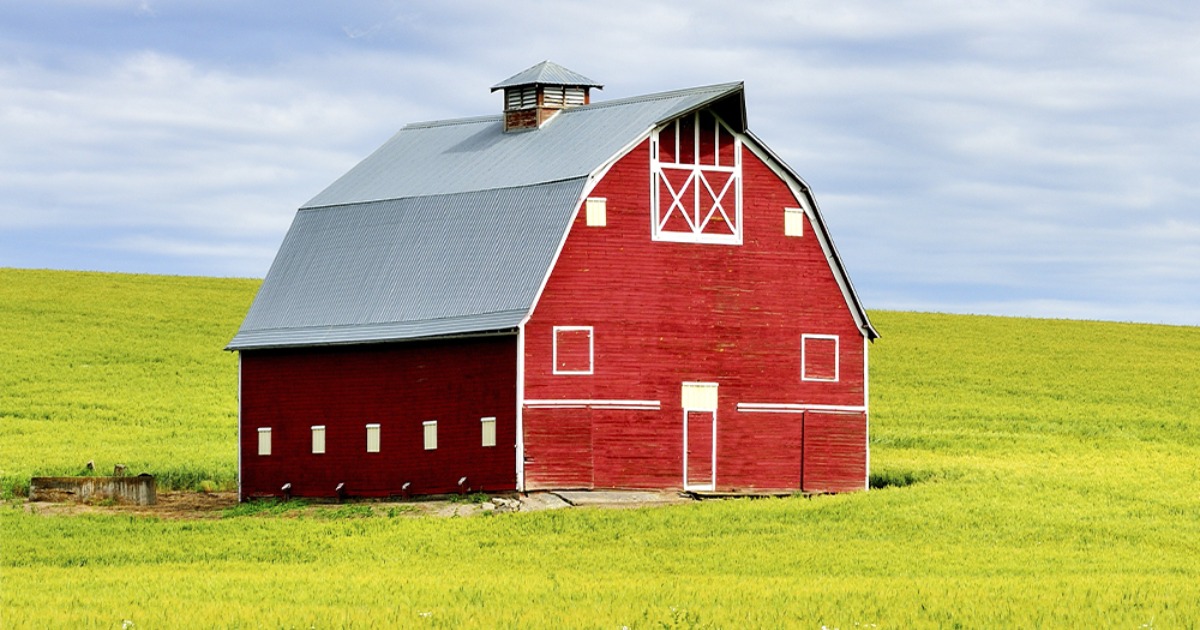
The History of Red Barns
Have you ever wondered why most barns are painted red? The answer goes back centuries to when people started building barns for their farms. In the early days, farmers were poor and had to make do with whatever materials they had on hand. They would use a mixture of linseed oil, milk, and lime to protect the wood from the elements. This mixture was reddish-brown in color.

The Role of Iron Oxide
As time passed, farmers found that adding iron oxide, also known as rust, to the mixture would make it more durable and longer-lasting. The iron oxide also gave the mixture a reddish tint that was pleasing to the eye. This became the standard color for barns, and it wasn't long before farmers all over the world were painting their barns red.

The Practicality of Red
In addition to being aesthetically pleasing, red paint had practical benefits as well. Red was the most inexpensive color of paint available, making it an affordable option for farmers. The paint was also easy to make and apply, so farmers could do it themselves without having to hire professionals.

Other Colors
While red is the most common color for barns, there are other colors that are used as well. White, gray, and beige are popular choices for modern barns. Some farmers choose to match the color of their barn to their house or other outbuildings on their property.

Conclusion
In conclusion, the reason why most barns are painted red is due to the historical use of a reddish-brown mixture to protect the wood. Iron oxide was added to the mixture to make it more durable, and the resulting color became the standard for barns. Red paint was also practical and affordable for farmers. While other colors are used today, red remains the most iconic color for barns.